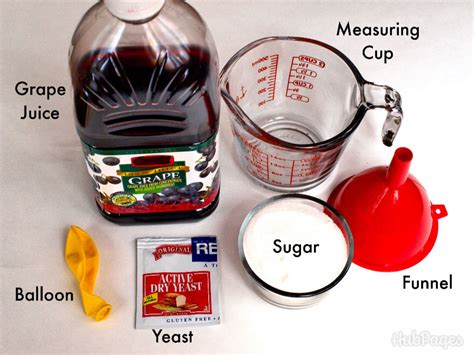How To Make Wine At Home: A Beginner's Guide
Making wine at home might sound intimidating, but it's a rewarding process that yields delicious, personalized results. This beginner's guide breaks down the steps, offering tips and tricks for a successful winemaking journey. We'll cover everything from selecting your ingredients to bottling your finished product.
Choosing Your Grapes
The quality of your grapes directly impacts the quality of your wine. Fresh, ripe grapes are essential. You can source grapes from local farmers' markets, vineyards, or even grow your own! Consider the type of wine you want to make; different grapes produce different flavor profiles.
- For reds: Cabernet Sauvignon, Merlot, Pinot Noir
- For whites: Chardonnay, Sauvignon Blanc, Riesling
Essential Equipment for Home Winemaking
While you don't need a massive investment, some key equipment will make the process smoother.
Must-Have Equipment:
- Primary Fermenter: A large food-grade bucket with a lid.
- Airlock: Prevents unwanted bacteria and oxygen from entering the fermenter.
- Bottles: For storing your finished wine.
- Siphon tubing: For transferring wine between containers without disturbing sediment.
- Bottling bucket: To help with the bottling process.
- Hydrometer: To measure the sugar content (and thus potential alcohol content) of your must (the mixture of crushed grapes, skins, and juice).
- Wine yeast: Different yeasts produce different flavor profiles. Choose one suited to your grape type and desired wine style.
- Campden tablets (potassium metabisulfite): Used to sanitize equipment and inhibit unwanted bacteria.
Optional but Helpful Equipment:
- Crusher: Makes crushing grapes easier.
- Press: Extracts more juice from the grapes.
- Wine thief: For sampling wine without disturbing the sediment.
- Corker: For sealing your bottles.
The Winemaking Process: A Step-by-Step Guide
This guide outlines a basic winemaking process. Specific steps may vary depending on your chosen recipe and wine type.
1. Crushing the Grapes
Gently crush the grapes. Avoid excessive crushing, as this can release unwanted tannins and bitter compounds.
2. Fermentation
This is where the magic happens! Add your chosen yeast and allow the mixture to ferment for several weeks at a controlled temperature. Monitor the fermentation process using your hydrometer.
3. Racking
Once fermentation is complete, carefully siphon the wine off the sediment (lees). This process removes dead yeast cells and other solids, improving clarity and flavor. This might need to be repeated several times.
4. Aging
Allow your wine to age for several months or even years. The aging process allows the flavors to mellow and develop complexity.
5. Bottling
Once aged, carefully bottle your wine using your bottling bucket and corker. Store your bottled wine in a cool, dark place.
Tips for Success
- Sanitize Everything: Cleanliness is crucial in preventing spoilage. Sanitize all equipment thoroughly before use.
- Maintain Temperature: Control the fermentation temperature carefully, as this significantly impacts the flavor of your wine.
- Patience is Key: Winemaking takes time. Don't rush the process!
- Experiment and Learn: Try different grape varieties, yeasts, and techniques to discover your preferred winemaking style.
Troubleshooting Common Issues
While winemaking is rewarding, problems can arise. Research common issues like stuck fermentation or spoilage to be prepared.
By following this guide and practicing good sanitation, you'll be well on your way to crafting your own delicious homemade wine. Remember, practice makes perfect! Enjoy the process and the fruits (or should we say, the wine) of your labor.
